How Solar Can Solve the World’s Clean Water Crisis
Climate change is causing extreme drought periods and displaces global precipitation. While some regions benefit from more rain, places like southern California struggle to maintain their agricultural industry. Violent water stress generates adverse health effects and ecological challenges.
Fortunately, environmental engineers are developing devices to conserve and produce clean water. They use solar energy, generating renewable power and resources for water scare areas.
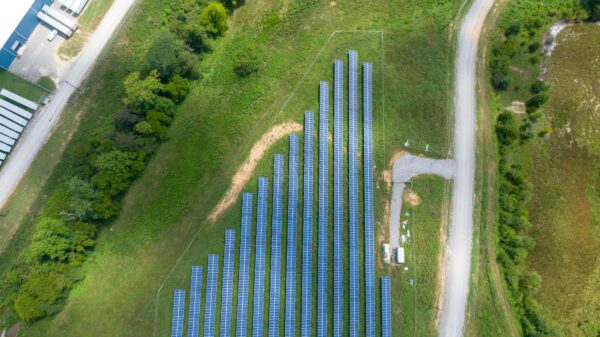
Evaporation Prevention
Californian scientists constructed an evaporation prevention method that maximizes clean water transportation. The southern part of the state collects its water from canals, which lose over 1,716 millimeters of water annually to evaporation. It occurs from maximum sun exposure and increasing temperatures.
As the planet continuously warms, evaporation rates will only increase. When water reabsorbs into the atmosphere, it moves to a different region, releasing and displacing the vital resource. Displacement expands the number of individuals without clean water access.
Today, over 2.1 billion individuals lack access to clean drinking water. California’s solution involves placing solar panels down the canals, preventing water escape through evaporation.
The conservation method could save 63 billion gallons of fresh canal water annually. It will also increase the state’s access to renewable energy. California can take the solar power generated on canals and send it to high-demand regions.
The state plans on utilizing 50% renewable energy by 2030. Installing advanced solar panels over the canals from companies like SunPower can deliver high quantities of renewable energy. The systems have a 40-year life span and efficiency rates of 24% in optimal conditions.
Over time, solar evaporation methods could deliver more clean water and solar energy to struggling areas.
Solar Water Extraction
It is difficult to understand how many individuals face water scarcity when the resource makes up 70% of Earth’s surface. Unfortunately, only 3% of the water is naturally drinkable. Environmental scientists evaluated the issues and discovered a sustainable solution.
A team of environmental engineers redefined a technique, collecting clean water from brackish, salt and contaminated water. They use a highly efficient solar evaporation system, extracting enough freshwater to sustain a family of four daily.
The system consists of an efficient photothermal device that sits on the water source’s surface. It converts sunlight into heat, allowing freshwater to evaporate from the non-drinkable solution.
The solar water extraction technique prevents energy loss and generates useable electricity. It also collects additional energy from the remaining bulk of water, creating a 100% efficient and sustainable system. Struggling regions can produce clean water and solar power when using the new age device.
Nanosheet Desalination
Another method of converting non-freshwater into clean water uses nanosheets. Scientists developed a sustainable desalination technique using starch. They chemically convert starch into ultra-thin carbon plat nanosheets.
The sheets differ from other forms of carbon because of their microscopic size. Their electrical and chemical properties are also different, allowing for renewable energy uses. Carbon nanosheets are renewable, inexpensive and abundant.
Scientists connect the sheets to solar panels, fueling the desalination system. It uses deionization to filter the water and processes excess energy, storing it for maximum energy efficiency.
Evaporation Collection
Another device that uses solar water extraction is the Zero Mass Water system. It gathers potable water from the air. The technology utilizes solar panel converted heat, generating condensation.
The system collects condensation, storing it in a 30-liter container where it is filtered. Then it adds minerals and ozone, enhancing the flavor and purity of the substance.
Inside the device, a super-absorbent sponge collects water. A fan blows air into the system, generating nearly 20,000 times the water concentration of air vapors. Underdeveloped countries can use the Zero Mass Water device because water is abundant in the air.
A World of Possibilities
Water scarcity is a growing problem around the globe. Solar water protection and production provide sustainable solutions, offering clean water to struggling communities. As the planet warms and the climate changes, we may install renewable energy systems in drought-ridden regions, conserving natural resources and human health.

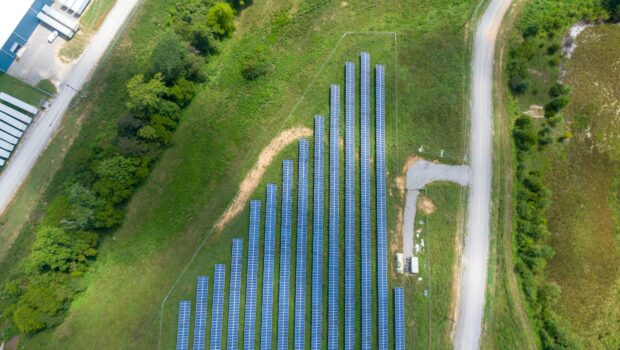
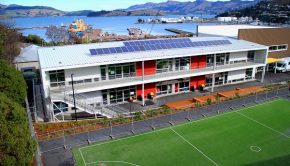
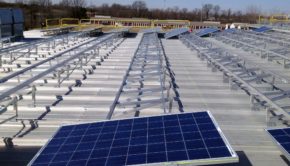
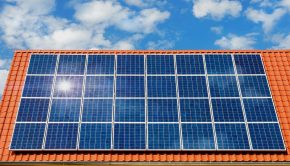
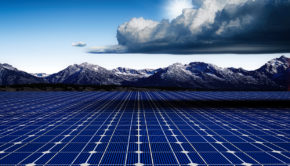


![iPhone in Numbers – 10 Year Anniversary [Infographic]](https://technofaq.org/wp-content/uploads/2017/07/iPhone-Infographic-150x150.png)






